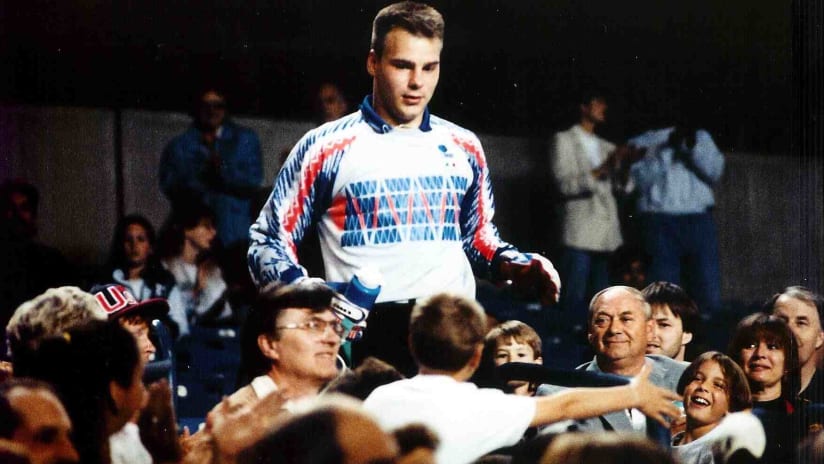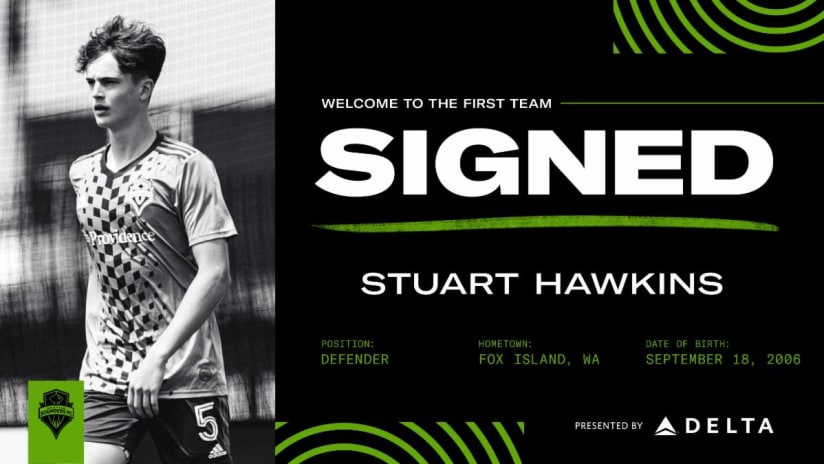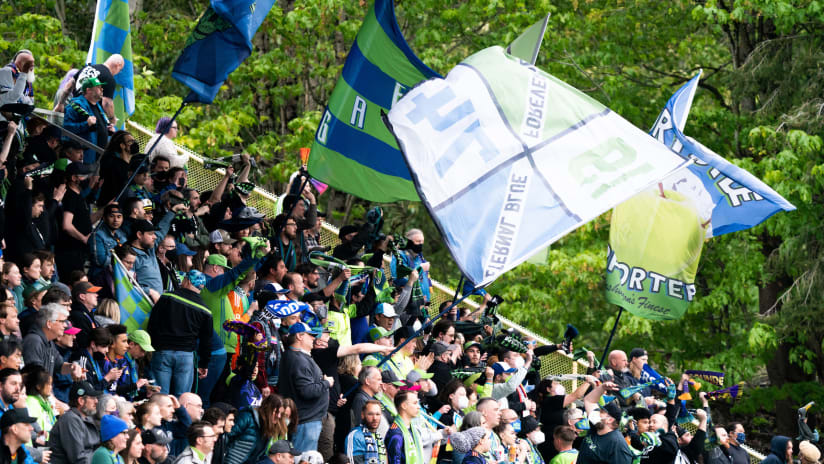Of sporting achievements, winning a championship ranks as the most difficult, perhaps surpassed only by the feat of repeating.
In 1996 the Seattle Sounders stamped their name on the A-League championship trophy, doing so against all odds and with all the panache of a body punch.
It was gritty, not pretty.
While it attracted by far the Sounders’ biggest crowd in more than a year, Seattle was an unpopular pick to host the final.
And while they still commanded respect, lifting the cup a second time was, at times, unthinkable.
“Everybody had confidence we would be successful,” remembers forward Jason Farrell. “(But) going back and repeating, that was more of a surprise; just knowing how hard it is to do, especially with the kind of turnover we had.”
Yes, the Sounders had won their first A-League title in spectacular fashion the year before. Yet in very short order they had lost five starters from the ’95 final. Four were snatched by MLS, which was beginning play in 1996, including league MVP and Golden Boot winner Peter Hattrup.
Ownership also slashed pay to most of the returnees, and six weeks prior to the preseason, coach Alan Hinton retired.
Seattle had a deep squad in ’95, but Hinton’s replacement was realistic. “We lost a bunch of players,” says Neil Megson, the captain now handling the role of player/coach. “We were very young, very inexperienced.”
However, there was a foundation of veterans on which to build. Megson, assistant coach Bernie James and fellow defender Bill Crook had played a combined 32 seasons indoors. All were former NASL Sounders, along with striker Chance Fry, a U.S. international and 1990 league scoring king with FC Seattle. One youngster playing at a level beyond his years was in goal: 24-year-old Marcus Hahnemann.
Out of the gate, Fry and the Sounders were on fire. He scored six goals as Seattle quickly won six of seven matches. Then things unraveled.
A gruesome leg fracture in Atlanta finished Fry for the season. Seattle went into a tailspin, scoring just 10 goals while losing nine of the next 12.
“The biggest deal was losing Chance Fry,” states Wade Webber, an all-league centerback. “Up until that point we felt we were as good as anyone; we still had a good core.” But once Fry went down, the team’s mood changed.
“It was devastating,” admits Farrell. Days and weeks after the break, “it was always in the back of my mind as well as everyone else.
“Here’s a guy who battled for us. Losing him was obviously a huge loss on the field and in the locker room,” Farrell says, “but I think it may have galvanized the team.”
The turnaround came after two tortuous months, and it came at New York, with a late Joey Leonetti winner. With Hahnemann and the backline weaving together four consecutive clean sheets, the Sounders regained their footing, winning seven of the final eight regular season games.
“(Chance) gave us a day-to-day cause,” says Farrell, the top scorer. “Your goal is always to win the championship and be successful, but it gave us a reminder of what we were fighting for.” From that point, the ultimate outcome seemed fated.
Seattle upset Colorado in the semifinal round. “It was snowing like crazy for that third game in Colorado,” recalls Farrell. “They had a lot of players from the Caribbean who were not quite used to the snow in September. Those guys basically stopped playing. It was surreal.” The Sounders won handily, 3-0.
Rochester’s Raging Rhinos had been pulling big crowds all season. There was fear the Rhinos might host the final despite being the lower seed. Sounders owners made sure the game stayed in Seattle. They were rewarded with a Memorial Stadium crowd in excess of 7,000 and more late-game heroics from Leonetti, who scored twice in the 2-nil triumph.
Hahnemann rode on the shoulders of supporters who had streamed onto the field and Webber threw his jersey into the throng. The trophy was hoisted into the gray sky.
“When that season ended with a championship, it was against all odds,” Webber maintains. “There was a sense of finality about it. Ninety-six was the beginning of that transformation, becoming minor league.”
Indeed, it was the end of an era. Nine of the starters would move along; Webber, Hahnemann and Webber to MLS. Beyond winning titles, Megson’s mission going forward was to push more players to that level.
Against all probability, in his first season as a coach–a true player’s coach, as Farrell describes him–Megson had rallied his troops and refused to loosen the grip on the silver, becoming one of only three clubs to repeat at the A-League/USL-1 level from 1990-2008.
“It was a steel-city, hard-working team that grinded out results,” Megson says. “Everybody had written us off. Everybody. But we had a tremendous work ethic, we found a system, stuck to it and in the end it paid dividends.”





